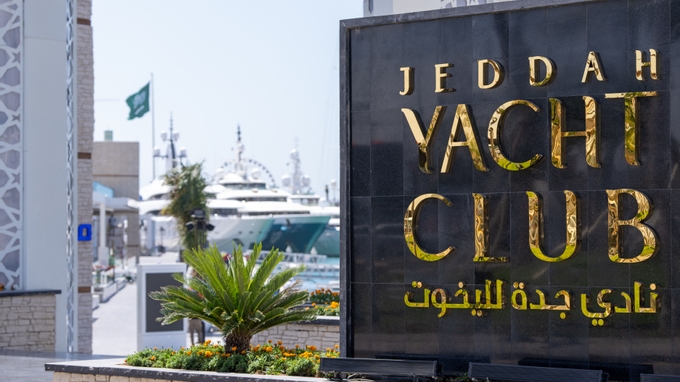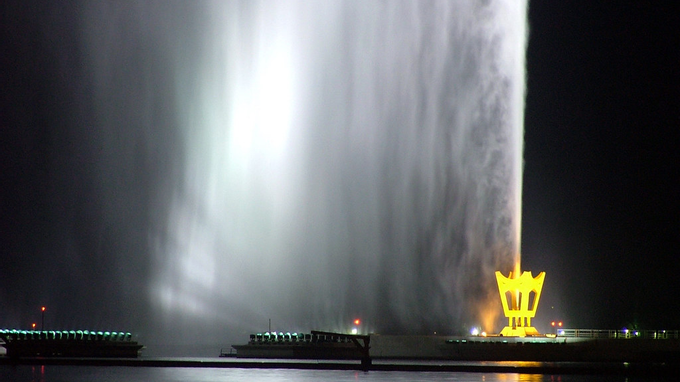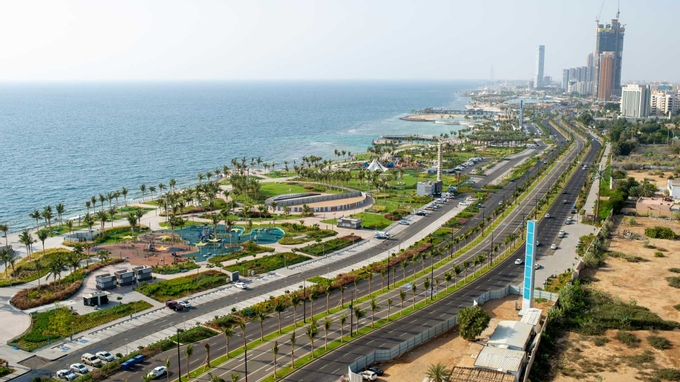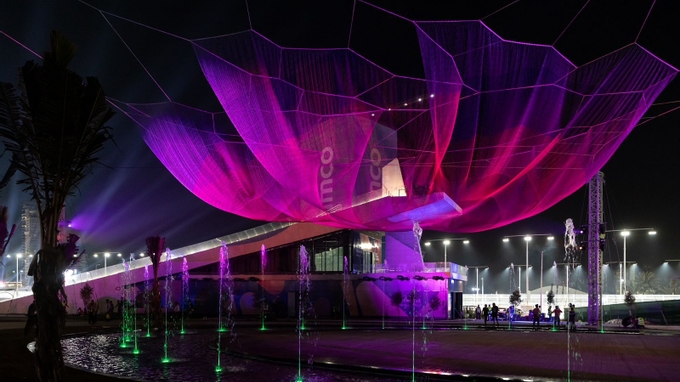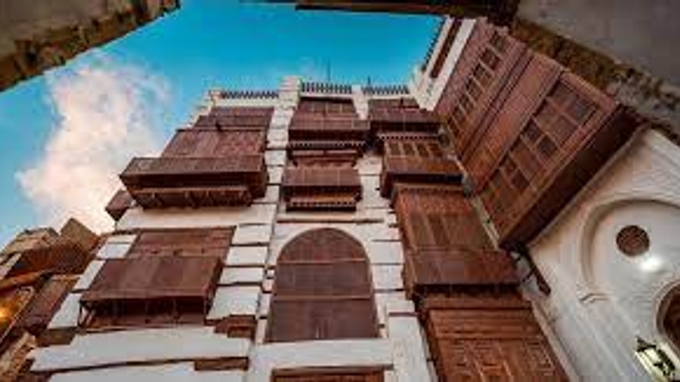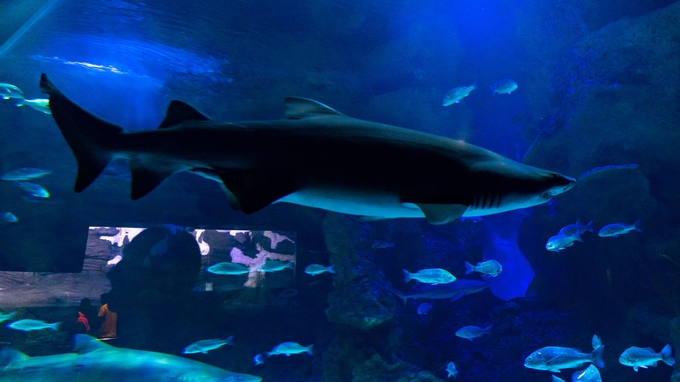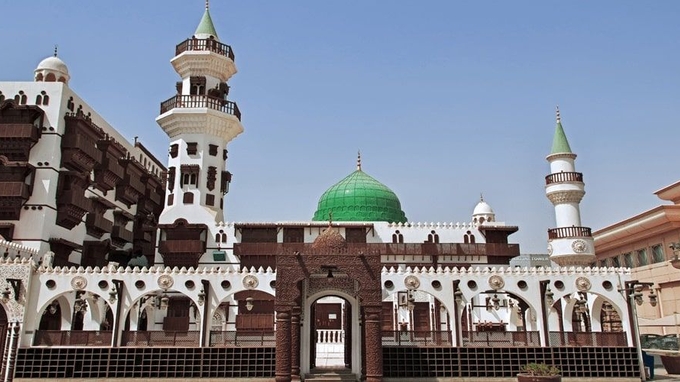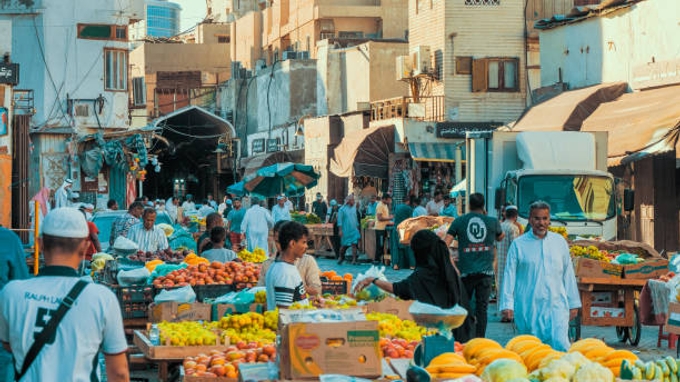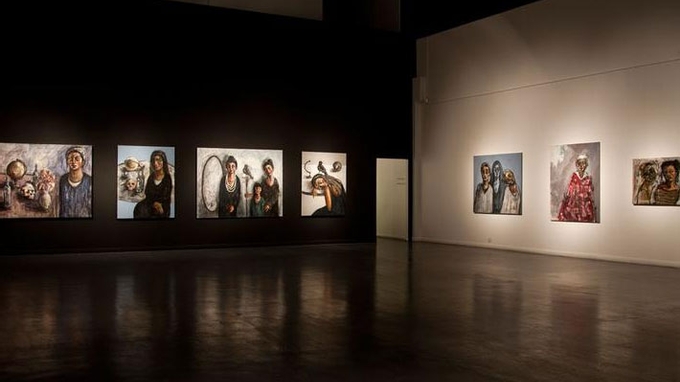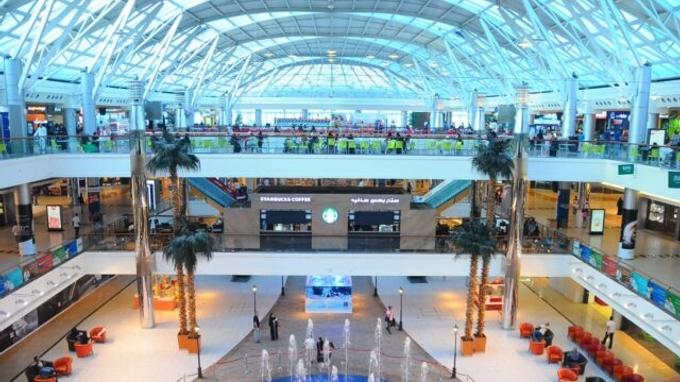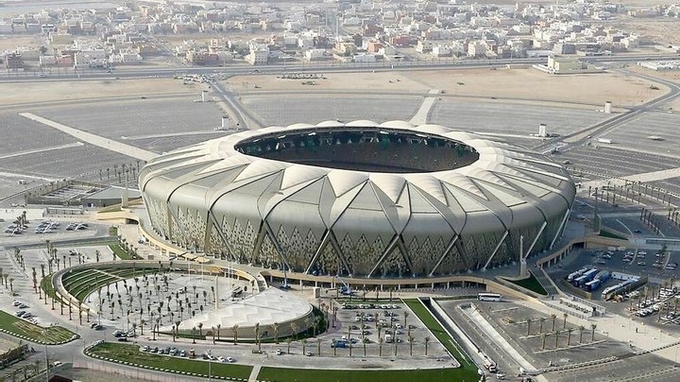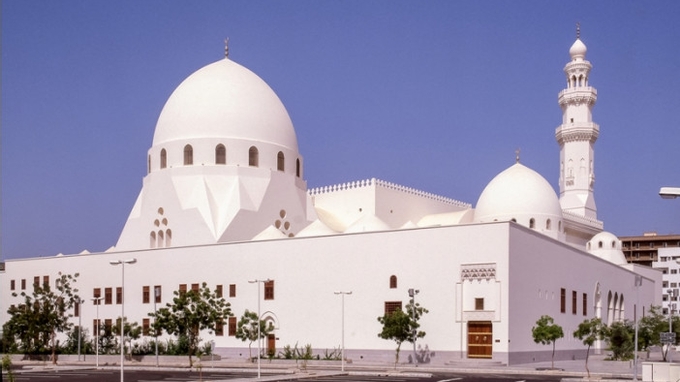Before naming it as the royal seaport for Makkah at 657 AD, the Al-Balad site, ‘Historic Jeddah’, was built on beautiful coastal land. It gathered people from all cultures and walks of life throughout the ages. This part of the world unveils a human heritage whose walls challenged different historical factors with eight gates: each known for their historical stories. In addition, it holds more than 10 ancient houses praised for their distinctive designs and the names of their ancient families. Here, you will get the cosiest photographs.
A Heritage recognised by the world.
Discover the place chosen amongst UNESCO World Heritage List, where the ancient homes transformed using the latest technologies and expertise into art galleries and specialty cafes. Whenever you look up in AL-Balad, you see the wooden Rawashins hanging overhead as an example of authentic architecture that oversees the modern life that passes beneath it.
The magic of Al-Balad site, ‘Historic Jeddah’, is not limited to the heritage value surrounding you, but also to the unique location being twenty minutes away from the best shopping experiences and international restaurants, and another twenty minutes away from the largest and most important car race in the world; the STC Formula 1 Saudi Grand Prix.
Tour of the most exquisite ancient houses
• Bait Nassif
Start your journey through history inside the ancient houses of Al-Balad with Bait Nassif. As you enter Bait Nassif, you stand on the grounds of the first orientally designed Arabic house in Jeddah. It has been used throughout the years as a temporary residence for kings and scholars. With 40 wide rooms with high ceilings, its floors transformed into art galleries and cosy cafes, where you can enjoy the company of your family or friends in evenings full of joy and storytelling.
• Bait Matbouli
Let your walking journey take you next to the well-preserved architectural beauty of Bait Matbouli. The experience of walking around here resembles walking into a heritage museum, where every turn has an art painting. This marvellous historic masterpiece dates back to 420 years ago. The building walls have been purposefully constructed to reduce heat and retain a pleasant temperature. It combines a unique blend of local materials, oriental architecture designs, and the use of beyond the sea cultures in interior design, where wood was imported from East Asia and Al-Mangabi Stones excavated from the Red Sea waters.
• Bait Nour Wali
Next, you can head to Bait Nour Wali. The building is hard to miss with its unique green protruded delicately inscribed windows, a distinctive feature of Jeddah’s ancient architecture known as Rawashin. Another incredible architectural design feature is that it holds an efficient water system consisting of wall-build pipes that drain rainwater into a ground tank. This house was built by the architectural enthusiast local ‘Muhmood Al-Sabban’. Several years later, on 1946AD it was sold to Abdulgader Nour Wali, and that is where the house got its name. It has been long withstanding as one of the spectacular architectural beauties of Historic Jeddah.
• Bait Alsharbatly
Get your camera ready, you’ve reached one of the most ancient and infamous houses of Historic Jeddah: Bait Alsharbatly. It remains since built in 1916AD by Sharif Abdullah Al-Abdali, steadfast with its bright white columns and distinctive wooden windows and balconies overlooking the prominent sites of the area. As time has passed on this beauty, each of its carefully picked tiles became an antiquity inscribed “Made in Al-Hijaz - Jeddah.” All these fascinating details won’t take you away from its unique history. Formerly, the building was the headquarters of the Egyptian Embassy in Saudi Arabia. Its four floors once witnessed extensive fruitful meetings. Now, it has turned into a cultural centre and a favourite location for art galleries and cultural events. You can wander around its antique halls and rooms, but don’t miss the chance of gazing through one of its unmatched precisely designed wooden balconies and admire the view of the surrounding ancient house at sunset.
• Bait Qabil
Bait Qabil is placed in the heart of the special area and at the centre of the historic events. Its ceilings were intentionally made tall which is an old mechanism used to allow air passage and purification inside the house. To testify for its incredible architectural design, many artistic mock-ups are made of its highly crafted Rawashins. The merchant Suliman Qabil was able to single-handedly turn the Qabil Street into one of the most prominent and advanced streets of Jeddah at the time. In fact, it was the first street to be supplied with electricity. Till today, this area is considered one of the most significant locations in Jeddah due to its history and heritage. This house and its surrounding area open their door to story-filled visits.
• Zainal House
Zainal House is located right at the entrance of Historic Jeddah in Al-sham neighbourhood. Bait ‘Zainal Ali Reda’ with all its splendour, still maintaining its engraved windows as well as stone inscribed door, reflects the artistic nature of that time period. Now, this once one of the most magnificent ancient houses in the area, has developed into an exhibit that sheds light on that era. It served many purposes, one of which is the centre of the Embassy of Holland, where it got its other name Bait Hollanda. In addition, it has welcomed pilgrims coming from Asia and regulated their trip to Makkah.
• Bait AlBatterjee
The charmingly antique three-floored Bait AlBatterjee will catch your eyes as you enter Al-Balad area with its attractive colours and thick construction. It was the first headquarters of the American embassy in Jeddah. Today, it has been renovated to reflect its ancient belongings from furniture and rare devices, such as the first Saudi telephone with a ‘Two swords and a pal’ slogan. On the inside walls of the house hangs pictures portraying the significant role it has played. The unique details and history stemming from this house and its surrounding area make it a special destination for tourists.
• Bait Baeshen
Bait Baeshen took the lead as a social and cultural centre as it was the gathering place of the notables of Jeddah in the past. Nowadays, it is an amazing tourist destination with its splendid architecture manifested in its gorgeous Rawashins and its meticulously built balconies. It was built according to the highest standards of Islamic art by Shaikh “Muhammed Saleh Ali Baeshem” in 1273AH. Today, the house displays exquisite handicrafts and documents on rare photographs and manuscripts.
• Bait AlRashaida
Right in the middle of Bait AlRashaida is a carved plaque with a Quranic verse that dates back to 1301AH. This house was well known for hosting all academic activities. It has still maintained its identity with artwork on Jeddah’s heritage on display made by the hands of Saudi artists. Art sessions are held there from time to time as well. Art lovers and cultural explorers can bet on fond memories here.
• Bait Sallom
Bait Sallom has turned into the ‘House of Jeddah and Our Good Days’ museum. It has wonderfully preserved all its belonging as if it was a time capsule for the Al-Balad area. Although it shares the same place and time period of Bait Nassif, it distinctly preserved more of its social belongings. On your family tour, you can show your kids the gramophone musical device, old canned-food and coins, and the first versions of the popular soft drinks.
• Baab Makkah Jeddah - Makkah Gate
This beautiful site stands tall at the start of the road leading to the holiest city for Muslims, Makkah. Baab Makkah has witnessed hundreds of millions of pilgrims make their journey to the home town of the Prophet of Islam. It is a three-arched gateway with a large turret on each side, providing support and entrance from Jeddah to Makkah. It serves as an historic monument in one of the oldest areas of Jeddah and has been preserved with great care since the 1940’s when the wall around Makkah was torn down. Baab Makkah, also known as Makkah Gate, is a limestone coral gateway that leads into the historic Al-Balad district of Jeddah. It has served for over 500 years as an entrance to the old city of Jeddah and was constructed during the Mamalik era in order to protect the city from Portuguese invaders. The gate gained its respected reputation since all pilgrims used to pass through it prior to starting their spiritual journey. The city has four other gates but Baab Makkah remains the most prominent. These gates used to open in the early morning and close after the Isha (late night) prayer. Baab Makkah has been maintained and still stands at the centre of Jeddah’s historical downtown. The area itself is a constant hub of activity for both locals and expatriates looking to find goods at reasonable prices. The immediate surrounding area itself has been named after the gate and is surrounded by different old markets including Al-Badu, Gabil, Alawi, Bab Shareef, Al-Nada and Al-Khaskia. Baab Makkah is also home to Al-Asad Graveyard, one of the oldest in town. Although the area is very crowded, it is worth visiting to experience old Jeddah. Vegetable and fruits stalls are dispersed in the area, fresh street food is also available, and a vast variety of local and international products can be found.


